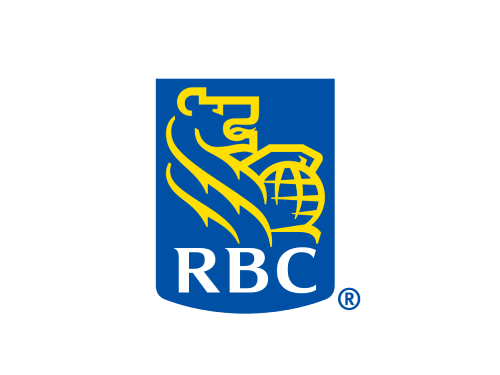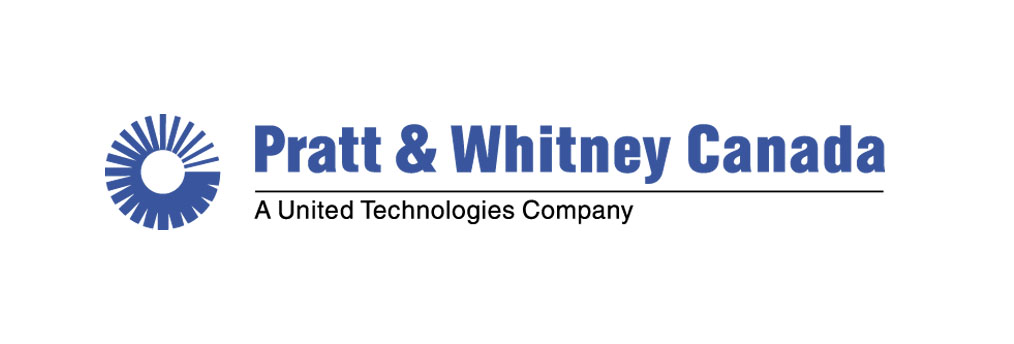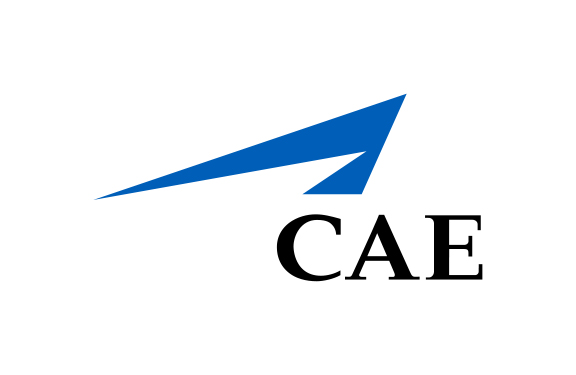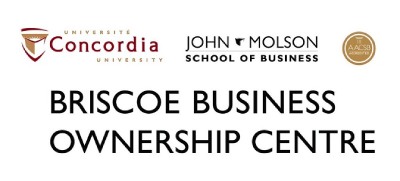Rules
1.0 THE COMPETITION
The John Molson MBA International Case Competition (the “Competition”) is organized by a team of MBA students from the John Molson School of Business (the “Organizers”) with the support of student volunteers and a Board of Directors which includes a number of senior executives from the Montreal business community.
2.0 ELIGIBILITY
The competition is open to graduate schools offering an MBA or equivalent program deemed acceptable by the Board of Directors. A student who is registered in at least one course in such a program at his/her school in the fall semester immediately preceding the Competition and who has not previously competed in any John Molson MBA International Case Competition is eligible to participate in the Competition.
3.0 THE TEAMS
Each school must be represented by four students and at least one coach. A student alternate may be included as a fifth member of the team at the discretion of the school. The alternate may only participate for his/her school in extenuating circumstances and with the approval of the organizers. If an alternate steps in, the outgoing participant cannot return for the same case. An alternate who actually competes for his/her school will not be eligible to participate in future competitions.
In the event there are an odd number of schools registered for the competition, a team designated as Team Global will be constituted with four of the alternates who volunteer to do so. If possible, a member of the Team Global will be from a school based outside North America, with the others from American and Canadian schools. A member of Team Global may rejoin his/her team at any time during the competition if circumstances make this necessary. If a team, including Team Global, does not does not have enough members to compete or is unable to participate for any reason deemed acceptable by the organizers, an alternate will be asked to join the team for as long as is necessary in the competition.
Alternates will be asked to volunteer during registration and will be selected at random from the pool of willing alternates if a team global or alternate is needed.
An alternate who participates with a team other than his/her own school will be eligible to participate in future competitions.
4.0 THE CASES
The cases used in the Competition will, to the best of the Organizers’ knowledge, be unpublished and untested. All cases will be selected from submissions made to an annual international case writing competition arranged by the Organizers.
5.0 COMPETITION FORMAT
The 36 teams will be assigned to six divisions. Divisions will be established by a random draw. Each division will have at least two non-North American schools. Non-North American schools will be assigned to divisions first, followed by the American schools and then the Canadian schools.
Each team will compete one on one in the five cases during the round robin phase of the Competition against the other teams in their division, as scheduled by the Organizers. The divisional winners will be the team with the highest number of wins in their division. Nine teams, comprised of the six division winners and the three wildcards (those with the highest match point accumulation during the round robin phase), will advance to the semifinals. Please refer to the section on Scoring.
The nine teams in the semifinals will be divided into three groups based on total match point accumulation during the round robin phase. Group One will consist of teams ranked 1,6 and 9 in match point accumulation; Group Two will consist of teams 2,5 and 8, and Group Three will consist of teams 3,4 and 7. The winning team from each of these semifinal groups will compete in the finals.
6.0 CASE PREPARATION
Teams will ordinarily have three hours to read and analyze the case and to prepare exhibits in support of a 25-minute oral presentation to a panel of Judges. Preparation and presentation time for case three is 90 minutes and 15 minutes, respectively. No written analysis is required. Each team will be assigned a workroom for their preparation period as well as a team host who will supervise the team during the preparation period and escort them to the presentation room at the end of the preparation period.
The preparation room will be equipped with:
- 2 PC laptops
- MS Office 2016 Pro Plus including Microsoft Word, Excel, and PowerPoint on each laptop (available in French and English)
The following items are not permitted in the preparation room:
- Cell Phones
- Programmable Calculators
- Personal Electronics (Tablets, PDAs, Smart Watches, MP3 Devices, Recorders and Additional Computers)
- Memory Storage Device (Portable hard drive and Additional USB Flash Drives)
- Bags, Backpacks, Books and Documents
The use of Internet is not permitted, and hence, the laptops will not have any Internet capabilities.
Participants are allowed to bring dictionaries to the competition.
Teams are expected to use PowerPoint for preparing slides and presentations. Use of animations, video or audio features will not be permitted and neither will any add-ons to standard PowerPoint features. Manual animation of slides or building of slides (bringing in one bullet at a time or one element at a time) is allowed. The use of graphics beyond what is available in the Microsoft Office package is not permitted. However, charts and tables are permitted provided that they are created using tools available within Microsoft Office.
There are no limits to the number of slides and exhibits used to support the presentation to the Judges. The relevance, clarity, and cohesiveness of the exhibits will be a factor in the Judges’ evaluations. Additional exhibits may be prepared at the team’s discretion in anticipation of questions from the Judges’ panel. Cue cards and personal notes are allowed for use by the teams during their presentations. All exhibits must be prepared during the allocated preparation time and no material prepared prior to the Competition is permitted.
At the end of the preparation time, teams will copy all presentation material to their designated file on the laptop and USB key. A copy of the presentation files will be emailed to the coaches after the end of the day. During the period between the end of preparation time and presentation, the four presenters may continue discussing elements of the case. Communication by the four participants with their coaches, the student alternate or anyone outside of the team other than the team host will not be permitted from the beginning of the case preparation to the end of the question and answer period.
The presentation files will be accessible by the Judges’ panel at the end of the question period to assist them in their deliberations.
7.0 CASE PRESENTATION
Presentations may be made in English or French. Teams will notify the Organizers of the language selected prior to the Competition and will present in the selected language for the entire Competition.
Each team will have a strictly enforced maximum of 25 minutes to present, followed by a 15 minute question and answer period with the Judges’ panel. There will be a ten minute break before the second team’s presentation. The second team will not be allowed in the presentation room until after the question period for the first team ends. The first team may remain in the presentation room during the second team’s presentation. The Organizers will set the order of presentation and each team will present first at least twice during the round robin phase of the Competition.
In the semifinal and final rounds, there will be three team presentations followed by question periods. The team in each grouping with the highest number of match points accumulated during the round robin will have the option of selecting if it wishes to present first, second or third in its grouping. The team with the second highest match point total will be given second choice. As in the round robin, a team cannot attend another team’s presentation until it has completed its own presentation and question period.
Each member of a team is required to participate in the team’s presentation but not necessarily in the question period following the presentation. The teams may not interact during the presentations nor should there be any communication with the audience. Teams may record their own presentations. The Organizers may record any presentation for purposes of promoting the Competition.
8.0 JUDGES
Judges are members of the business community selected by the Organizers and the Board of Directors. Panels are constituted at the discretion of the Organizers and will include at least three Judges, one of whom will be designated Lead Judge. The Lead Judge will chair the question period, lead the deliberations, cast the decisive vote in the event that a tie breaking decision is required, prepare an evaluation sheet for each team’s confidential use once the result has been determined. Each team in the semifinals will receive a summary evaluation from the Judges’ panel after deliberations have been completed. Judges have a maximum of one hour to render their decision in the round robin phase. There are no deliberation time limits in the semifinals and finals. The panel’s decision is final.
9.0 SCORING
During the round robin, the panel will evaluate each of the two teams in five evaluation categories, providing a numerical rating of 1 to 10 for each category. Each category is weighted differently, and the relevant multiplier, when applied, will give the weighted score for that category:
| Category | Multiplier |
|---|---|
| Presentation | x 1 |
| Analysis and Development of Alternatives | x 2 |
| Recommendations | x 2.5 |
| Implementation | x 3 |
| Question Period | x 1.5 |
Those weighted scores will then be summed to provide a cumulative score, up to a maximum of 100. The team with the highest cumulative score will be declared the winner of that match.
In the event of a tie, the winner will be determined by using, in order, the following tie-breakers:
- By the highest team score of the Implementation category;
- If still tied, by the highest cumulative team score of the Implementation and Recommendation(s) categories;
- If still tied, by the highest cumulative team score of the Implementation, Recommendation(s), and Analysis and Development of Alternatives categories;
- If still tied, by the highest cumulative score of the Implementation, Recommendation(s), Analysis and Development of Alternatives, and Question Period categories;
- In the unlikely event that the two teams have identical scores in all of the categories, the Lead Judge will cast the deciding vote as to the winner.
For purposes of determining the Competition’s divisional and overall rankings, a total of 11 match points will then be allocated to the two teams (based on the differential in their cumulative evaluation scores), on the following basis:
Total Score 11 Match Point Split
Differential of 3 or less 6 match points to winning team
5 match points to losing team
Differential of 3.5-10 7 match points to winning team
4 match points to losing team
Differential of 10.5-20 8 match points to winning team
3 match points to losing team
Differential of 20.5-35 9 match points to winning team
2 match points to losing team
Differential of 35.5 or more 10 match points to winning team
1 match point to losing team
In addition to their allocated 11-point split, the winning team will receive an additional 30 match points, except in the event of a 6-5 split wherein the winning team will receive an additional 20 match points and the losing team will receive an additional 10 match points.
Any team that has not arrived at the preparation room at its appointed time will not be given any extra time for that round.
There is no match point allocation in the semifinals and finals. The Judges will declare a winner in each of the semifinal contests. The three winning teams will then participate in the finals. The Judges decision regarding the first, second and third place winners will be announced at the closing banquet.
9.1 TIE BREAKING
In the event two teams in a division have the same number of wins at the end of the round robin, the divisional winner will be the winner of the contest between the two teams during the round robin.
If more than two teams are tied, the winner will be the team with the best record in the contest between them in the round robin. If teams are still tied, the winner will be the team with the highest number of match points accumulated during the round robin.
In the event teams are tied for the last semifinal position, the semifinalist will be selected with the application, in sequence, of the following criteria: a) the winner of the contest between the teams; b) the team that defeated the first place team in their division; c) the team with the highest cumulative evaluation score for case 5; d-g) the team with the highest cumulative evaluation score for each preceding case, in reverse order. The same process will be applied to determine the ranking of the semifinalists.
10.0 GENERAL
The Competition is intended to provide a learning experience for the students that will encourage healthy competition, professionalism and interaction by our future business leaders, both amongst themselves and with our business community. The Rules and Guidelines are not all encompassing and situations may arise that have not been covered. It is the expectation of the Organizers and of the Board of Directors that any issues or disputes will be resolved in the spirit of the Competition.
NOTICE:
Any concerns or disputes regarding the implementation of these rules must be brought to the immediate attention of the organizer responsible for the schools. In the event of a discrepancy between the English and French rules, the English version will take precedence over the French. In exceptional circumstances, a body made up of at least one of the organizers and the chairperson of the competition advisory board or his assignee and at least two other members of that board will be available to settle disputes.
However, please note that THE DECISION OF THE JUDGING PANEL IS FINAL, AND IS NOT SUBJECT TO REVIEW.




















